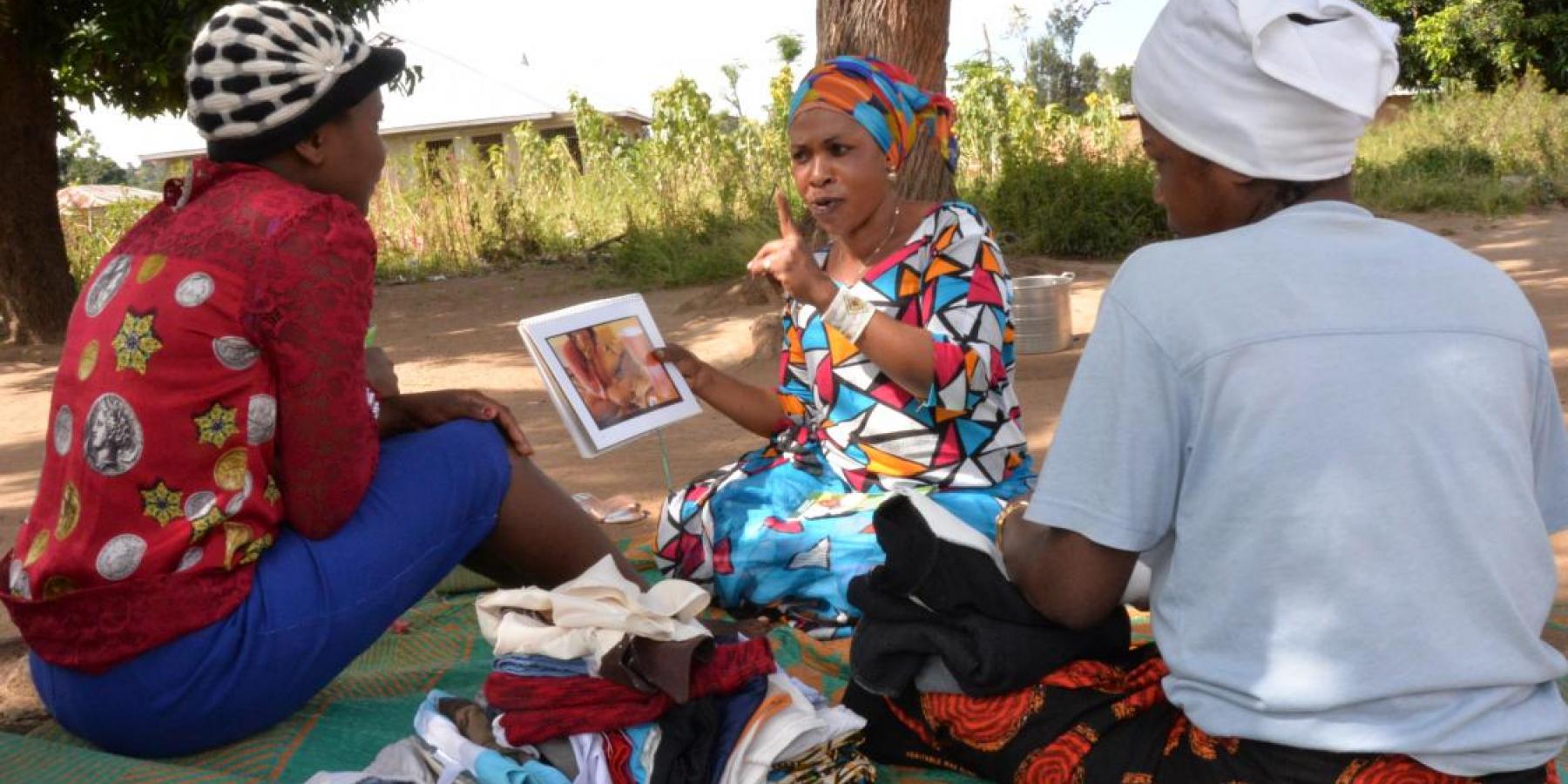Achieving UHC to empower women and girls and reduce the NCD burden
11th March 2019

11th March 2019
NCDs are a major barrier to gender equality. This injustice starts early in life in LMICs. There, opportunities to attend school are often scarce and many girls are unlikely to receive proper nutrition and participate in physical activity, and are more exposed to indoor air pollution from unclean cookstoves, as well asto many other risk factors for developing NCDs later in life.
In many cases, the current public infrastructure is insufficient to meet the needs of women and girls. Women, adolescents and girls also face a number of vulnerabilities due to gender and economic inequality, elevating the need for NCD approaches to be closely integrated into women’s empowerment initiatives well beyond health.
Implementing social protection measures such as universal health coverage (UHC) improves health systems to better respond to NCDs and co-morbidities.
Ahead of the first UN High-Level Meeting on UHC, NCDA and partners are hosting a side event at the Commission on the Status of Women (CSW63) that will provide an opportunity to highlight how access to a broad range of public services, sustainable infrastructure, and social protection schemes can help achieve gender equality and empower women and girls.
The side event, on Tuesday 19 March, 10:00-11:15, will focus on NCDs, injuries and UHC as means of reducing inequalities and empowering women and girls.